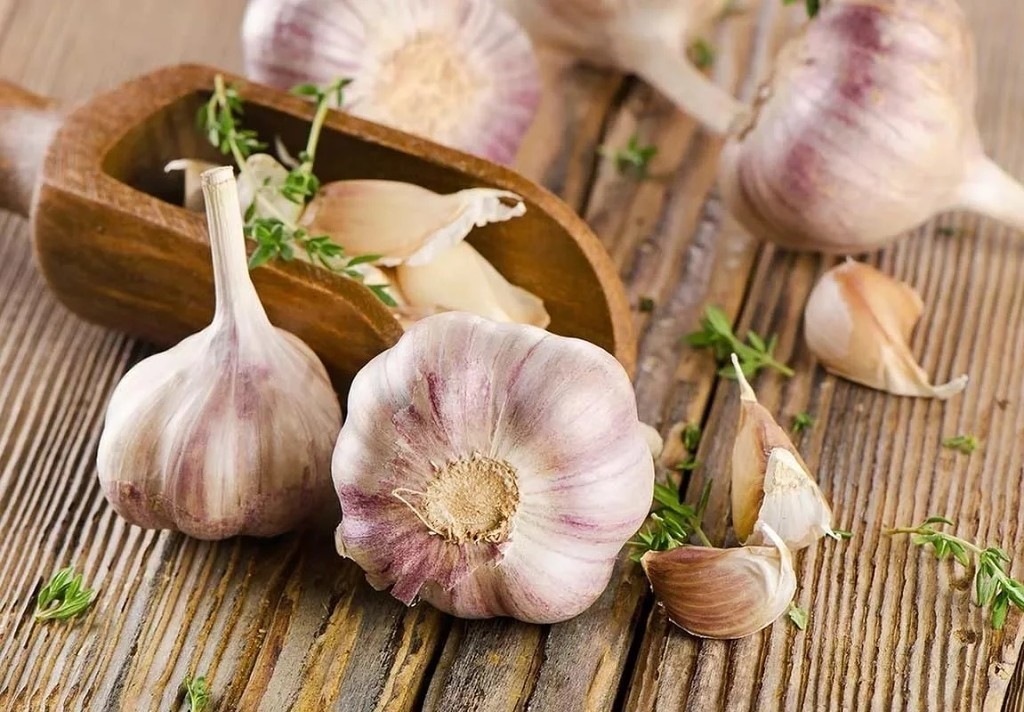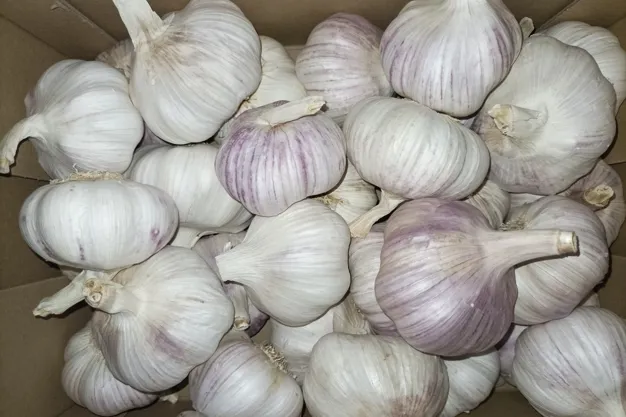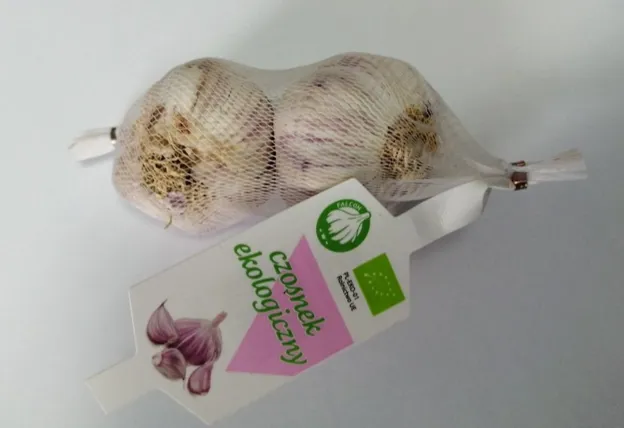The European garlic market in crisis?

It can be overlooked how important garlic is as an ingredient for dishes all over the world, Agata Czyzewska-Ziarnik, purchase specialist of Polish garlic trader Falcon, says: “Garlic is not a product of basic necessity, but only at first glance. We are often unaware that food products such as sausages, cured meats, delicatessen and ready-made products are seasoned with garlic and would lose a lot of their flavor if they were deprived of it. Also the catering sector and most people in private kitchens cannot imagine not using garlic.”
It can be hard to obtain garlic in Europe in the current market, Czyzewska-Ziarnik explains. Especially since the main European producer had to deal with extreme weather conditions. “The main producer of garlic in Europe is Spain, but this year was very difficult for them due to floods, which destroyed many crops. By sending inquiries regarding garlic of the most desired sizes, we received information about the lack of goods or an offer with a purchase price, comparable to the selling price in European supermarkets. Some countries, such as Poland, have garlic crops of their own, but are unable to meet their own needs, let alone export.”
To procure the garlic that people still need, importers are now looking overseas according to Czyzewska-Ziarnik: “For this reason, many companies have turned to China and South America for their garlic needs. Importing garlic from China is quite an affordable solution, but mainly on an industrial scale, so for food production and catering. This applies to a lesser extent in households, because in some European countries there is a misconception that everything Chinese, including garlic, is of low quality.”
Demand for garlic is only expected to shoot up as the holidays approach, Czyzewska-Ziarnik says. “It’s currently the beginning of December and Christmas is fast approaching. In Europe it is celebrated with family over meals, and therefore this is the season of the highest food production of the year. This allows distributors who still have garlic to raise their prices beyond the profitability of purchase and production, but food producers simply have to purchase this product.”
“As mentioned earlier, Europe has also turned to South America, especially Chile, but considering that the garlic must be cleaned and prepared for transport, we can expect the first loadings in mid-December. This means delivery to Europe in mid-January. Such a late delivery option, after the Christmas production peak, does not result in lower demand. Garlic is a vegetable that, if properly stored, can be kept for up to a year. And so, European countries will stock up and wait impatiently for weather forecasts in Spain and the Spanish harvest in May and June,” Czyzewska-Ziarnik concludes.
Write to us
Our manager will contact you soon













